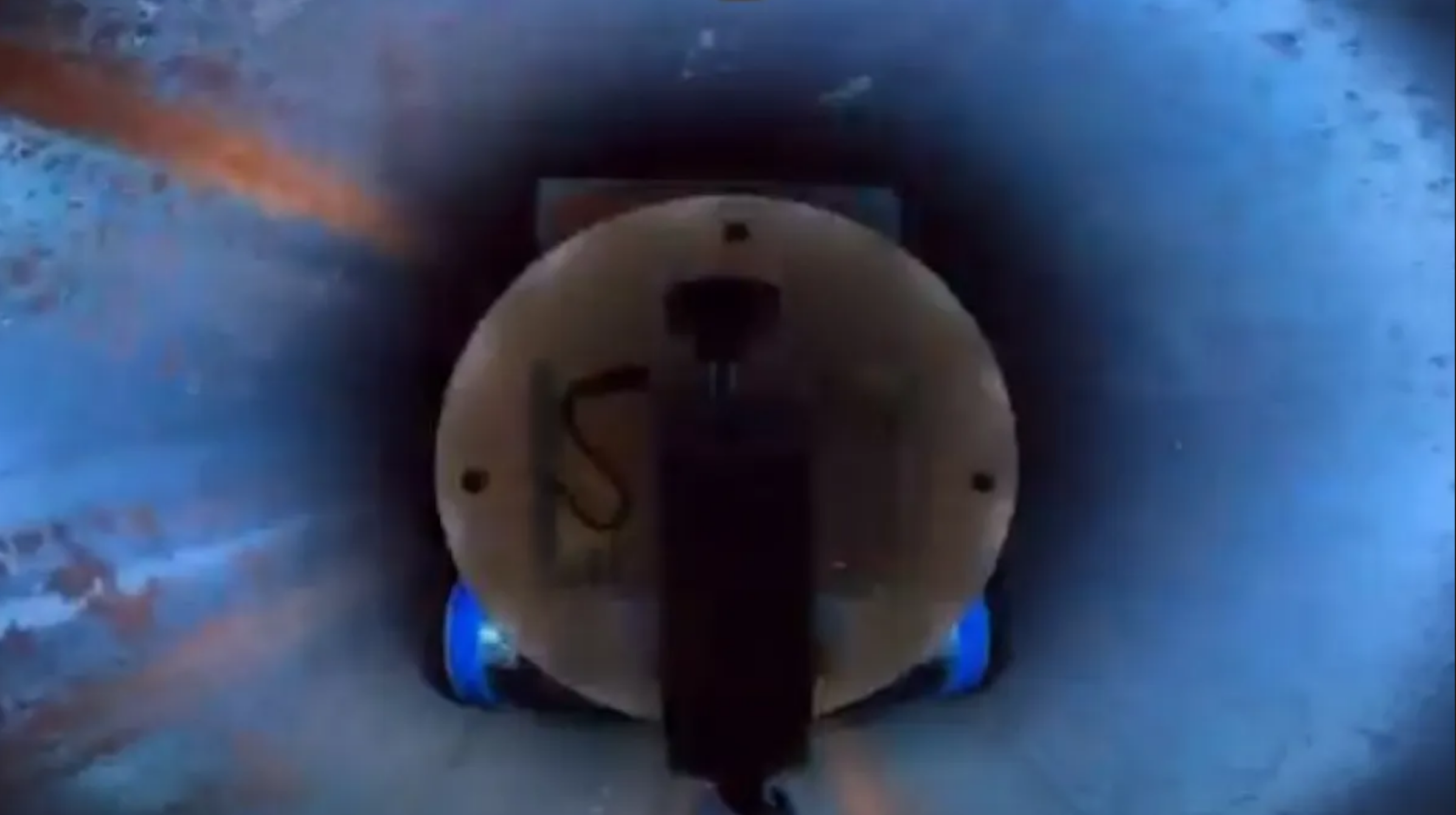Ants’ Resilience After the Asteroid Impact
A new study reveals that ants may have thrived after the asteroid that wiped out the dinosaurs, thanks to their ability to cultivate fungus. While dinosaurs met their end 66 million years ago, researchers suggest that a tiny, unlikely creature may have capitalized on the catastrophe: ants. They have discovered that ants began farming fungi shortly after the asteroid impact, likely taking advantage of the altered ecosystem.
Insights from a Leading Researcher
Ted Schultz, curator of ants at the Smithsonian’s National Museum of Natural History in the USA and the study’s lead author, stated: “Ants have been practicing agriculture and fungus farming for much longer than humans have existed. We could probably learn something from the agricultural success of these ants over the past 66 million years.”
He added, “Extinction events can be huge disasters for most organisms, but they can actually be positive for others. At the end of the Cretaceous, dinosaurs did not do very well, but fungi experienced a heyday.”
The Evolutionary Journey of Ants
The researchers also traced a portion of the evolutionary path of ants. Initially, the first fungus-farming ants thrived in humid forest environments. However, around 27 million years ago, they began to diversify and expand into drier, more open habitats, eventually leading to the evolution of the leafcutter ants we recognize today.
Currently, scientists have identified 247 species of ants that cultivate fungi. Interestingly, many aspects of the ants’ agricultural practices remain shrouded in mystery.
One of the researchers, Pepijn Wilhelmus Kooij, said, “When we cultivate them in the lab, the fungi take the expected form of hyphae. However, inside the colony, one of these hyphae types becomes swollen and forms structures similar to grape clusters, rich in sugars. We still don’t know how the ants do this.”







